Knowledgebase
Kingshay's Knowledgebase - Cows
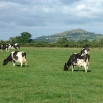
The UK does not often experience the hot temperatures currently being faced, and the duration of the heat is almost unprecedented. So what additional considerations need ...
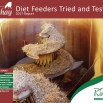
A diet feeder needs to suit your system and perform well for many years. With a wide range of manufacturers and models to choose from, it is a good idea to demo machine...
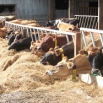
A displaced abomasum or "twisted stomach" is associated with freshly calved cows or as a secondary event when another condition has caused reduced feed intake. Displa...
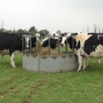
Dry cow feeding and management is central to any successful dairy business, however there is a tendency to put dry cows out in a field for the early dry period and leave ...
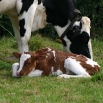
The optimal dry period length between lactations in dairy cows has been debated for many years. Traditionally, an 8-week dry period was considered the ideal duration - ba...
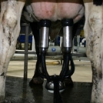
Testing milk machine and parlour function can highlight problems which are resulting in a less effective milking and damaged udders. Unlike static parlour testing, dynami...
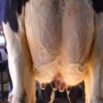
E. coli is one of the primary causes of clinical mastitis in the UK, presenting in various guises from mild cases to severe toxic mastitis that few cows will survive. Wi...
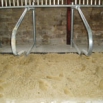
The Effective Bedding Management report provides a guide to choosing an alternative bedding material or managing existing cow bedding. The report includes results of the ...
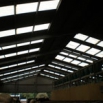
Lighting on a dairy farm is important for animal health and production, but can be a significant cost. This Farming Note addresses: Optimum lighting levels and hours ...
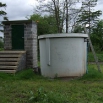
Having more efficient water use and minimising waste will reduce the cost of milk production. On average, a dairy farm will use 5 litres of water for every litre of milk...
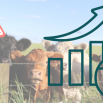
This Dairy Insight explores the increased threat of vector-borne diseases to cattle and farming operations. It outlines the potential impact of various diseases and empha...
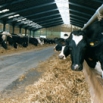
Energy is the key nutrient to aid good health, fertility and performance. Low energy intake is the major nutritional factor linked to dairy cow feeding problems. Getting ...
